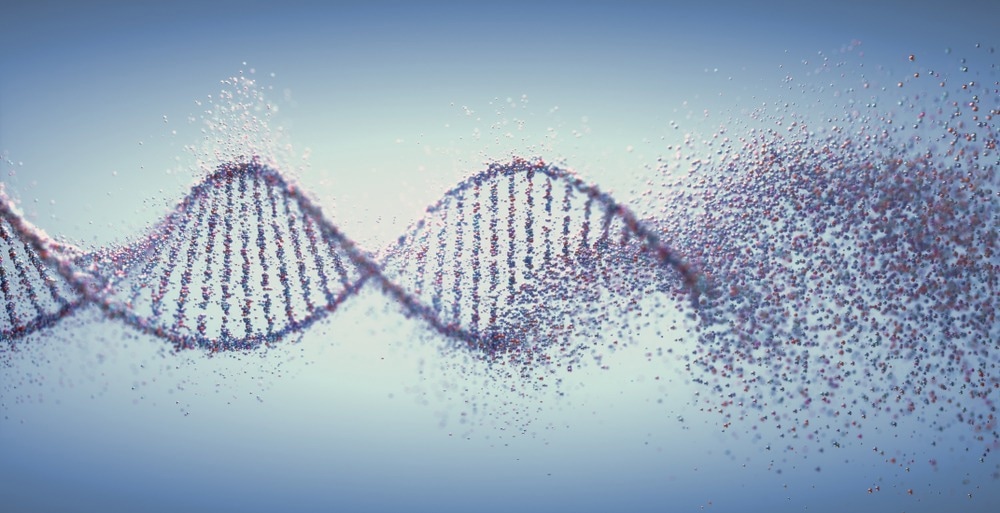Scientists at the National Institutes of Health and their co-workers reported that DUX4, a toxic protein produced by the body, might just be the reason for two completely different rare genetic disorders.

Image Credit: ktsdesign/Shutterstock.com
This study’s findings may ultimately lead to therapies that can help individuals with rare diseases like facioscapulohumeral muscular dystrophy (FSHD) or arhinia, a rare facial malformation.
FSHD type 2 (FSHD2) is a type of muscular dystrophy that is inherited and causes progressive muscle weakness. Arhinia is a serious disease that affects the development of an external nose as well as the olfactory bulbs and tracts. Mutations in the SMCHD1 gene cause both diseases. In patients with FSHD2, there is an overproduction of DUX4, which destroys muscle cells and causes progressive muscle weakness.
It has been known for some time that DUX4 damages the muscle in patients with FSHD2, but what we found is that it can actually also kill the precursors of the human nose.”
Natalie Shaw MD, Study Lead Author and Head, Pediatric Neuroendocrinology Group, National Institute of Environmental Health Sciences
The research was published in the journal Science Advances. NIEHS is part of NIH.
Shaw’s group discovered that combining the mutated SMCHD1 gene with an environmental modifier, like a virus, can activate the DUX4 toxic protein. This could be what causes arhinia.
The investigators carried out studies in cranial placode cells, the cells that contribute to the development of the body’s sensory organs such as the nose, using stem cells generated from patients with the two diseases. As placode cells formed, they started to produce the DUX4 protein, which resulted in cell death.
The results revealed that DUX4 is responsible for cell death in placode cells as well as muscle cells, but they are still puzzled as to why nose cells do not die in muscular dystrophy or muscle cells do not die in arhinia.
Now what we have to do is try to figure out the players acting downstream of DUX4, so we can block it from damaging the muscle cells or the nose precursors and hopefully find some new treatment options for patients suffering from these rare diseases.”
Natalie Shaw MD, Study Lead Author and Head, Pediatric Neuroendocrinology Group, National Institute of Environmental Health Sciences
Source:
Journal reference:
Inoue, K., et al. (2023) DUX4 double whammy: The transcription factor that causes a rare muscular dystrophy also kills the precursors of the human nose. Science Advances. doi.org/10.1126/sciadv.abq7744.